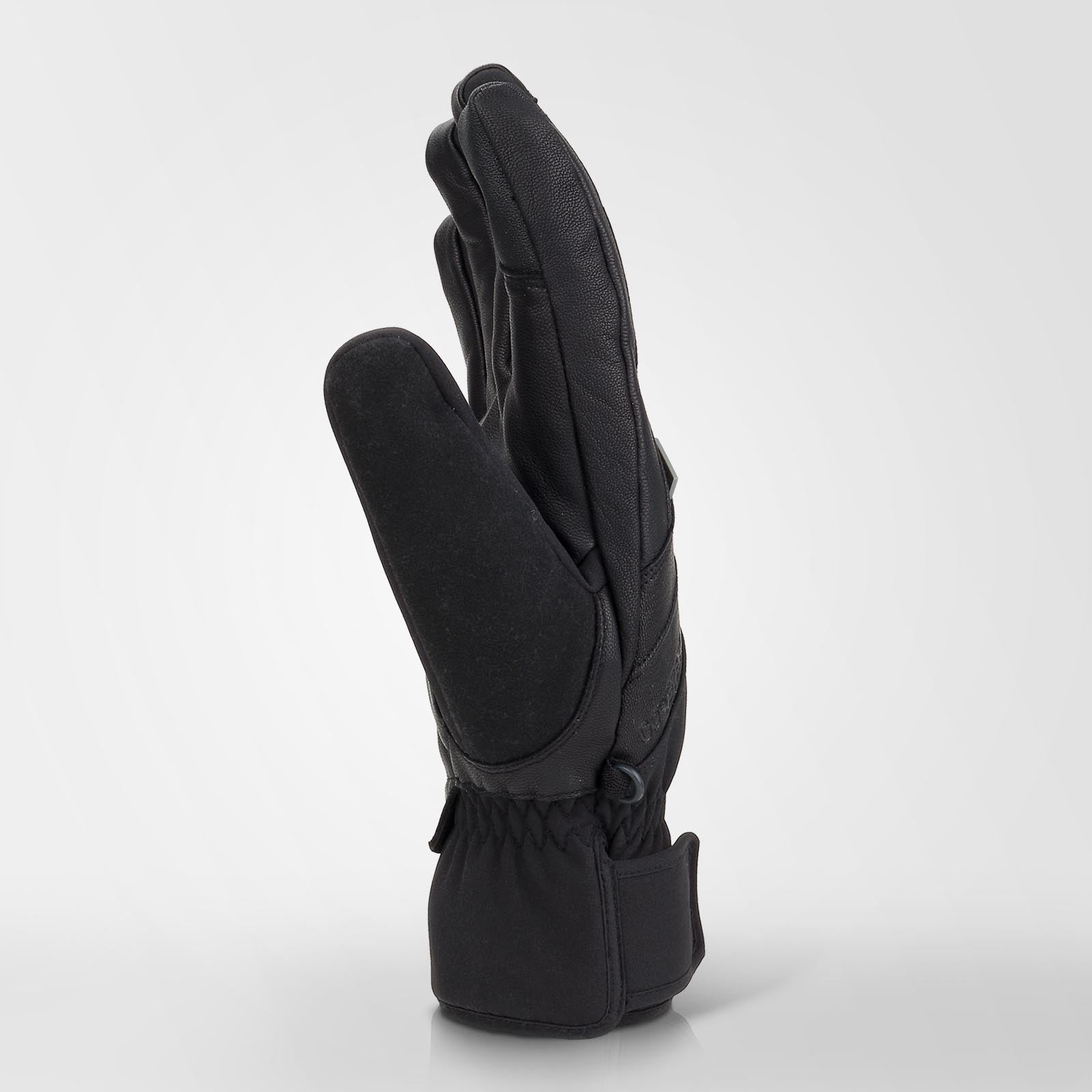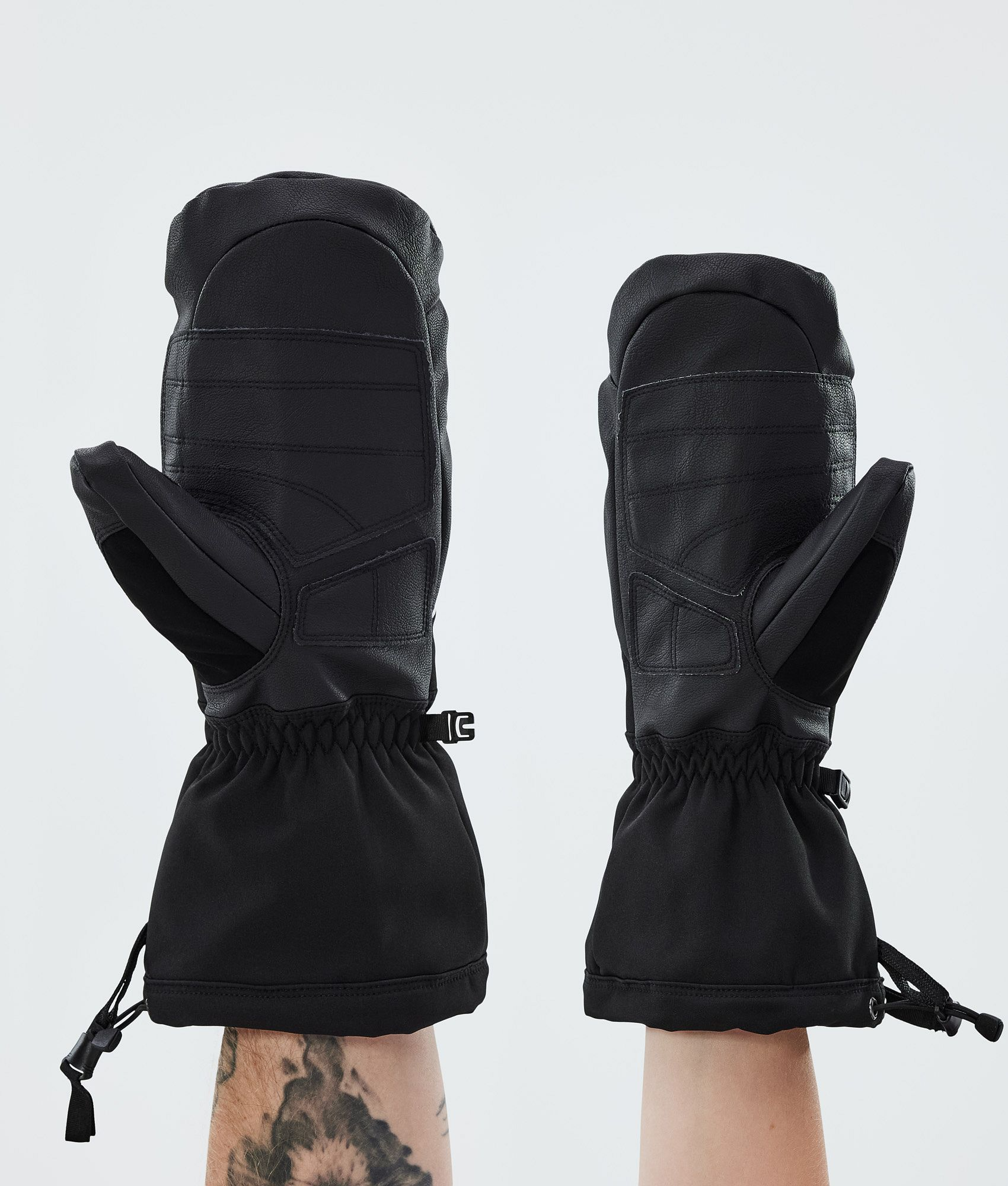Understanding the Importance of Snow Gloves
As winter descends upon us, snow enthusiasts eagerly anticipate the season’s frosty delights. From skiing and snowboarding to building snowmen and engaging in epic snowball fights, the magic of winter beckons us outdoors. However, the frigid temperatures and biting winds demand proper protection, especially for our extremities. Enter snow gloves – the unsung heroes of our winter escapades, shielding our hands from the harsh elements while maintaining dexterity and comfort. In this comprehensive guide, we will delve into the importance of snow gloves, their essential features, and how to choose the perfect pair for your winter adventures.
Protecting Your Hands from Cold and Moisture
Snow gloves serve as a critical barrier between your delicate skin and the harsh realities of winter weather. Their primary function is to insulate your hands, preventing heat loss and keeping your fingers warm even in sub-zero conditions. High-quality snow gloves utilize advanced insulation materials such as Thinsulate, PrimaLoft, or natural fibers like wool or down, which trap body heat effectively without adding excessive bulk.
Moreover, snow gloves are designed to combat moisture – both from external sources like snow and sleet, and internal perspiration. Most models feature waterproof and breathable membranes like Gore-Tex or Dermizax, which prevent water from seeping in while allowing sweat vapor to escape. This dual-action ensures your hands stay dry and comfortable throughout your outdoor activities, significantly reducing the risk of cold-related injuries like frostbite and chilblains.
Maintaining Dexterity and Grip in Slippery Conditions
While warmth and protection from moisture are paramount, snow gloves must also facilitate dexterity and grip to enable you to perform tasks efficiently and safely. Whether you’re strapping into ski bindings, adjusting your snowboard stance, or holding onto a sled, having control over your fingers is crucial. Many snow gloves incorporate pre-curved fingers and ergonomically designed palms to mimic the natural shape of your hand, enhancing flexibility and reducing fatigue.
Grip-enhancing technologies play a vital role as well. Silicone prints, micro-patterning, or specialized materials like Pittards leather or GORE GRIP are strategically placed on the palm and fingers to provide a secure hold on ski poles, ice axes, or any other equipment you may be handling. Additionally, some gloves feature removable inner liners or touchscreen-compatible fingertips, allowing you to adjust your glove’s thickness or use your smartphone without removing them entirely.
Choosing the Right Snow Gloves for Your Needs
With a wide array of snow gloves available on the market, selecting the perfect pair can seem daunting. Consider the following factors to ensure you make an informed decision:
Activity and Intended Use
Different winter activities place varying demands on your gloves. For instance, downhill skiing typically requires more dexterity for pole handling and gear adjustments, while snowboarding may benefit from added wrist support and impact protection. Backcountry skiing, ice climbing, or mountaineering necessitate highly durable gloves with robust insulation, waterproofing, and reinforced palms for handling ropes and tools. Casual winter strolls or building snow forts may call for lighter, more flexible gloves with a focus on comfort and style.
Climate and Temperature Range
The severity of your local winter climate should influence your choice of snow gloves. If you live in an area with mild winters, a lightly insulated, water-resistant glove might suffice. Conversely, if you’re braving sub-zero temperatures or harsh, wet conditions, opt for a heavily insulated, fully waterproof model with a long gauntlet to seal out snow.
Fit and Sizing
Ensuring proper fit and sizing when selecting snow gloves is crucial for both comfort and functionality during outdoor winter activities. Here’s a step-by-step guide to help you find the right fit for your snow gloves:
-
Measure your hand:
- To determine your glove size, start by measuring the circumference of your dominant hand (excluding the thumb) just below the knuckles. Use a flexible measuring tape or a string that you can later measure against a ruler. This measurement will give you your hand’s width in inches or centimeters.
- Additionally, measure the length of your hand from the tip of the middle finger to the base of the palm where it meets the wrist. This will help you consider glove length, especially if you have longer fingers or prefer extra coverage.

-
Refer to size charts:
- Most snow glove manufacturers provide size charts that correlate hand measurements to corresponding glove sizes (e.g., Small, Medium, Large, etc.). Use your hand circumference measurement to find the appropriate size on the chart. Keep in mind that some brands may have slightly different sizing standards, so always consult the specific chart for the brand and model you’re interested in.
-
Consider sizing variations:
- If you’re between sizes, or if you have unique hand characteristics (such as wider palms or longer fingers), consider the following:
- For a snug, performance fit: Opt for the smaller size if you prefer a tighter, more responsive fit for activities like skiing, snowboarding, or ice climbing, which require dexterity and precise grip.
- For warmth and comfort: Choose the larger size if you prioritize insulation and a roomier feel for activities like snowshoeing, sledding, or simply enjoying a winter stroll. A slightly looser fit allows for layering with liners and provides better circulation to maintain warmth.
- If you’re between sizes, or if you have unique hand characteristics (such as wider palms or longer fingers), consider the following:
-
Try them on:
- Whenever possible, try on the gloves before purchasing. This will give you the most accurate sense of fit and comfort. When trying them on:
- Ensure proper finger length: Your fingertips should lightly touch the ends of the glove fingers without feeling cramped or bunching up inside.
- Check for adequate wrist coverage: The cuff of the glove should extend over your jacket sleeves, creating a seal to prevent snow and cold air from entering.
- Test dexterity and mobility: Flex your hands, make a fist, and try gripping objects like ski poles or ice axes. The gloves should allow for a full range of motion without feeling restrictive or causing discomfort.
- Evaluate insulation and lining: Make sure the insulation and lining feel comfortable against your skin and provide sufficient warmth without excessive bulk.
- Whenever possible, try on the gloves before purchasing. This will give you the most accurate sense of fit and comfort. When trying them on:
-
Factor in layering:
- If you plan to wear thin liner gloves underneath your snow gloves for added warmth or versatility, consider sizing up slightly to accommodate the extra layer without compromising fit and dexterity.
By following these steps, you’ll be well-equipped to find snow gloves that offer the perfect balance of comfort, warmth, and functionality for your winter adventures. Remember that personal preferences and intended use may influence your choice of fit, so don’t hesitate to try different sizes and styles until you find the ideal match for your needs.
Additional Features and Technologies
Modern snow gloves offer a host of innovative features to enhance your winter experience. Some examples include:
- Removable liners: Provide versatility by allowing you to adjust insulation levels or easily dry the liners after use.
- Wrist leashes: Prevent accidental loss of gloves when removing them temporarily.
- Adjustable cuffs and closures: Ensure a secure fit around your wrists and jacket sleeves, blocking out snow and wind.
- Nose wipes: Soft, fleece-lined patches on the thumb or index finger help you clear your goggles or wipe away runny noses without resorting to bare skin.
- Recco reflectors: Embedded in some high-end gloves, these tiny transponders aid in avalanche rescue by making you more detectable to search teams.
Conclusion
In conclusion, snow gloves are an indispensable part of your winter wardrobe, safeguarding your hands from the cold, moisture, and hazards of snowy environments. By understanding their importance, considering key features, and selecting the right pair for your specific needs, you’ll be well-equipped to embrace the joys of winter with confidence and comfort. So, gear up, step out, and let your snow gloves be your trusty companions as you embark on your next frosty adventure.




